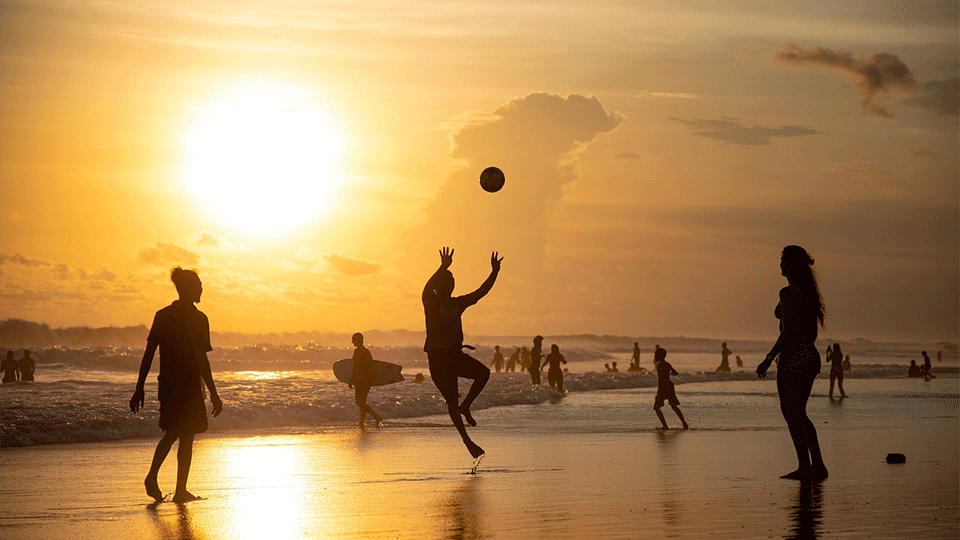

Playing beach volleyball is not just about the fun of the game, it also involves a lot of physical exertion. Competing on sandy terrains requires agility and endurance, raising the importance of appropriate footwear. You might wonder, can water shoes fit the bill? Known for their compatibility with beach environments, can they also cater to the rigors of beach volleyball? This comprehensive exploration dives into the specifics of water shoes' cushioning and how they line up for sports like beach volleyball.
A game of beach volleyball is a direct call to agility, strength, and speed. The sandy, often uneven surface, combined with frequent jumping, sprinting, and direction changes, demands significant foot protection and support—underscoring the importance of suitable footwear.
Created predominantly for water environments, water shoes stand out due to their quick-drying capacity, superior breathability, and improved traction on wet and slippery surfaces. However, how does this design compare with the rigors of beach volleyball?
Cushioning is an essential property of any sports footwear—it absorbs shock, mitigates impact, and contributes to overall foot comfort. Although some water shoes inherently provide cushioning, it varies across different models and brands, and might not always be optimal for the high impact nature of beach volleyball.
Water shoes exhibit a wide array of design variations, with some focusing more on thermal insulation and others on exceptional water grip. Thus, not all types of water shoes are naturally cut out for the dynamic execution witnessed in beach volleyball. Some models with more 'sporty' designs might meet the demands, but this is not a universal feature.
Cushioning, while crucial, isn't the only aspect to look at in your pursuit of beach volleyball footwear. Factors like sturdy outsoles for improved durability, enhanced arch support for comfort during prolonged games, and a higher cut design for better ankle stability also come into play.
In the grand scheme, while a select range of water shoes may offer adequate cushioning and fulfill the requirements for casual beach volleyball games, they generally can’t substitute the support and protection offered by sport-specific shoes. Remember, the key to choosing the right footwear lies in understanding your specific needs and evaluating the shoe's attributes accordingly. The ideal pair for you should provide a balance between performance, safety, and comfort. If you are a serious player or frequently participate in beach volleyball, it might be worth consulting with a sports footwear specialist. This can help ensure that your chosen footwear will not only enhance your game but also provide adequate support and help prevent possible sports injuries. At the end of the day, beach volleyball is all about the thrill of the game and enjoying oneself. So, find the right pair of shoes that offer optimal comfort, slip them on, and get ready to immerse yourself in the excitement of the sport, all with the assurance of foot safety and comfort.